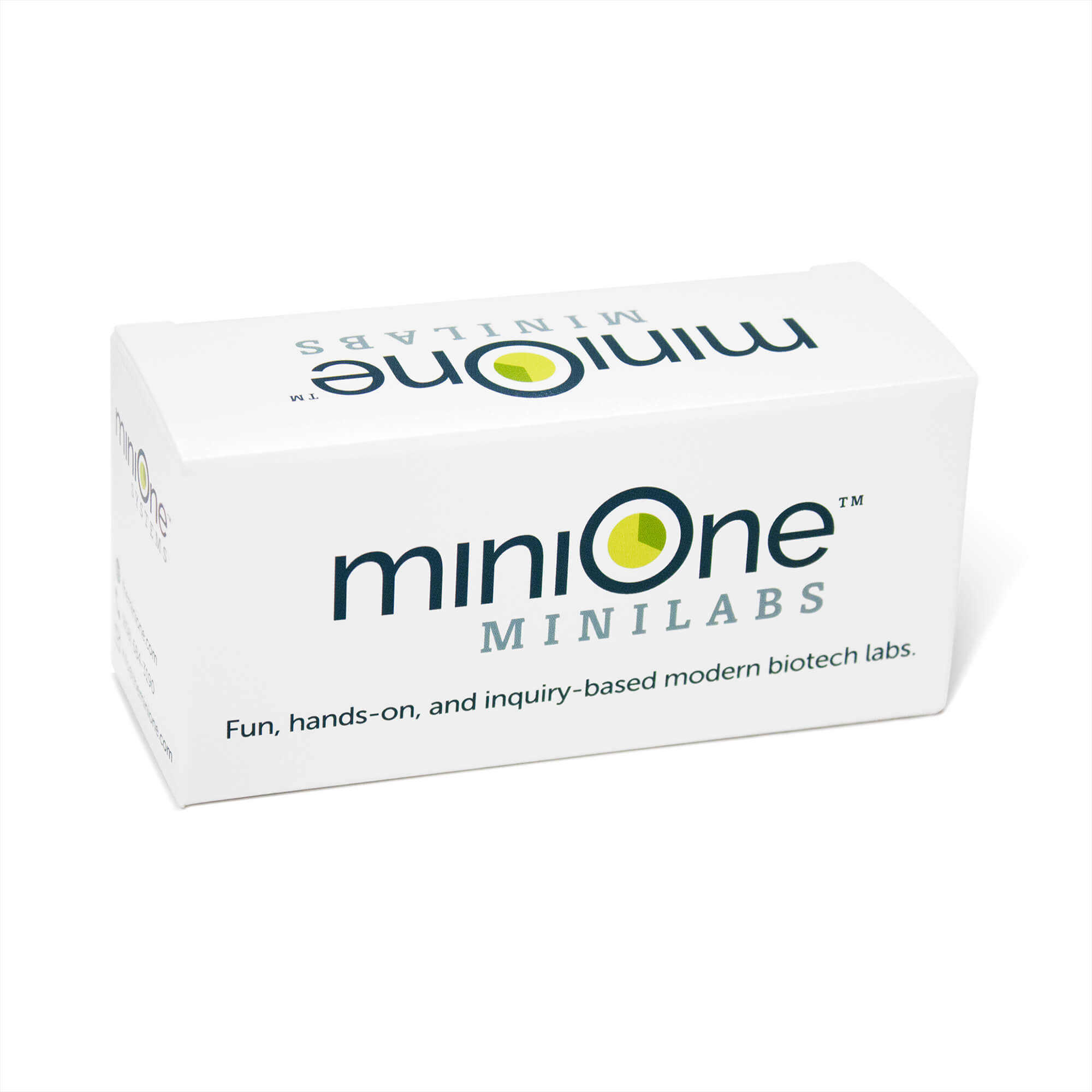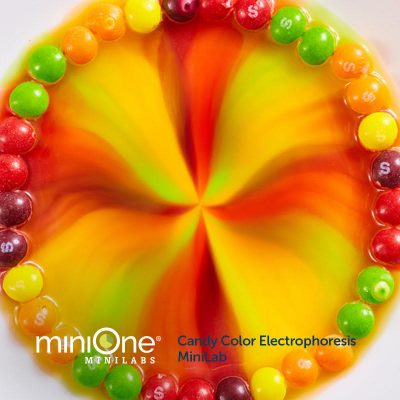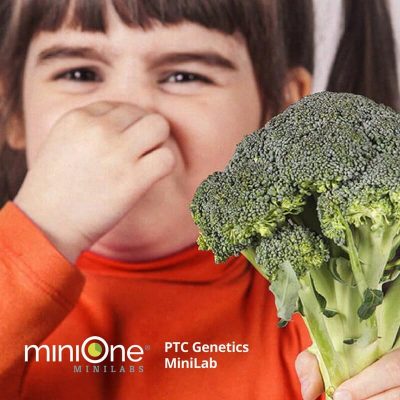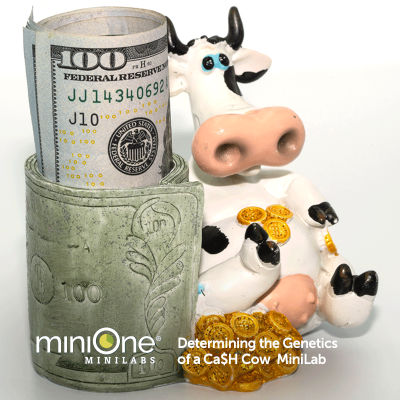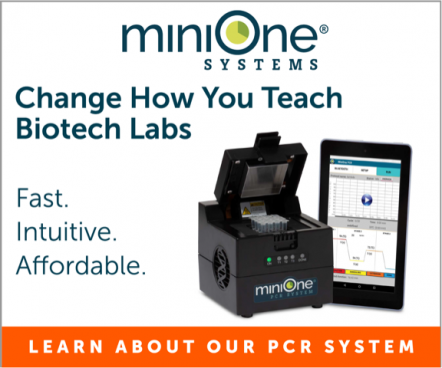Description
Sickle Cell disease is a red blood cell disorder, inherited in an autosomal recessive pattern.
Parents of sickle cell offspring who themselves are not affected by this condition have one copy each of the mutated gene and are considered carriers. Sickle cell patients have inherited the mutated gene from both their mother and father, resulting in 2 copies of the mutation, which leads to having sickle cell disease.
The Sickle Cell MiniLab allows students to pour, load, and run a gel on the MiniOne Electrophoresis System, watch DNA separate in real time, and then analyze the results to determine whether various members of one family have sickle cell disease, are carriers, or are unaffected. The entire lab can be completed in the span of a single classroom period, and helps teach concepts inheritance, genetics, physiology, and human medicine.
Ideal for high school students, especially those in a biomedical science program.
Materials Included in each MiniLab:
Each MiniLab contains enough materials for 10 workstations, 2 – 3 students per workstation.
Materials include:
- Eight ready-to-load DNA samples
- Ten 1.5% agarose GreenGel™ GelCups
- One bottle of 100 mL Tris-Borate-EDTA (TBE) buffer concentrate, enough to make 2L of 1X running buffer
- One bag of 0.65 mL microcentrifuge tubes
- One bag of 2 – 200 µL micropipette tips
- MiniOne® DNA marker


